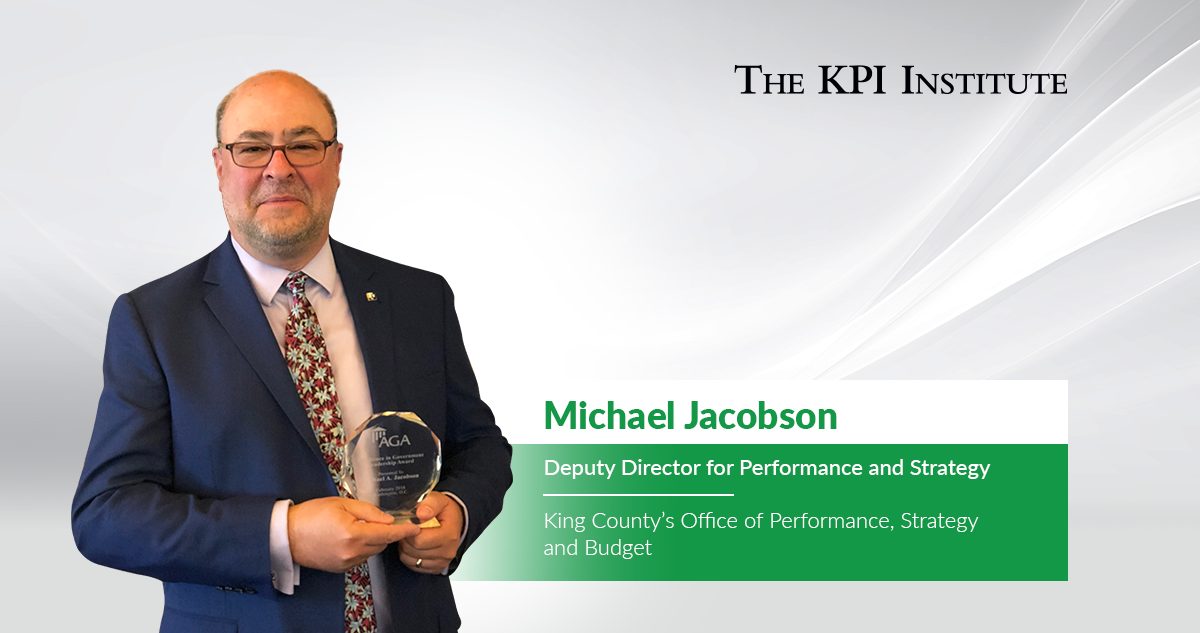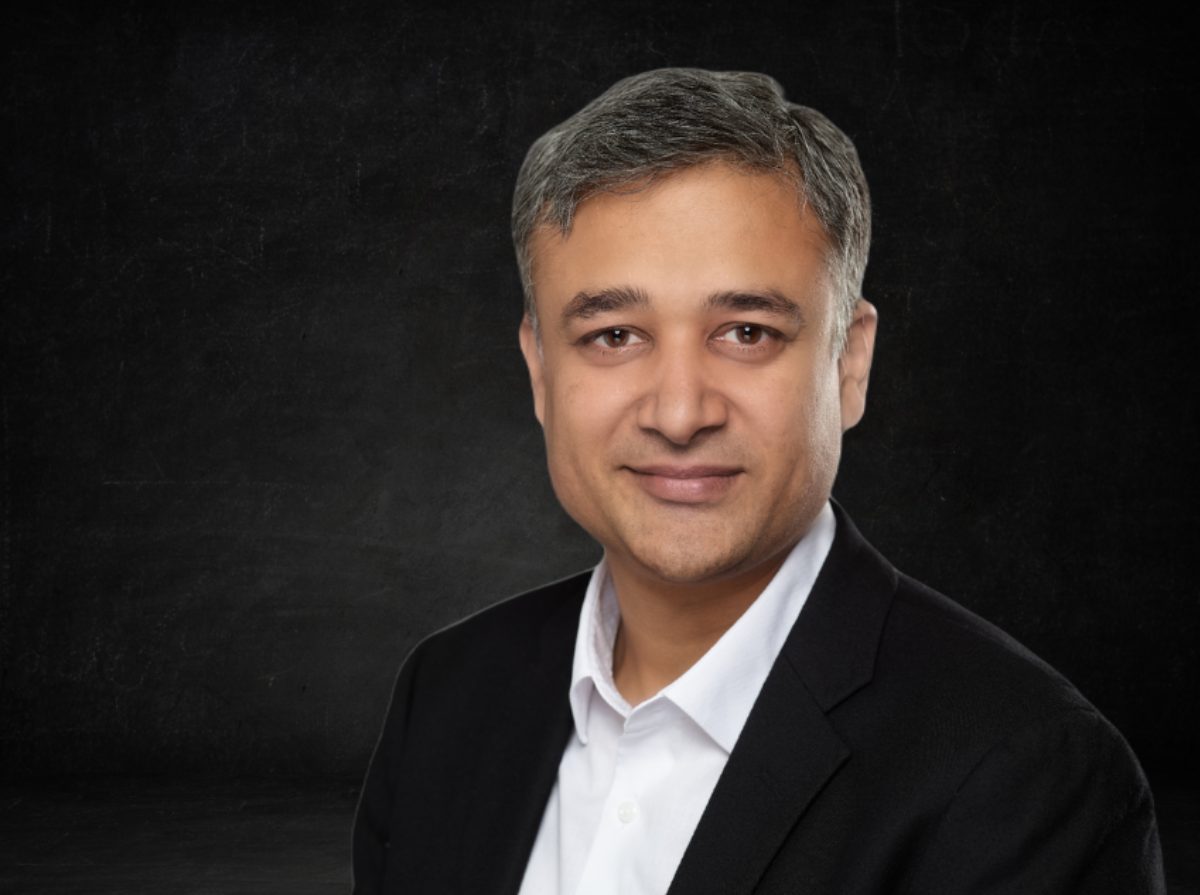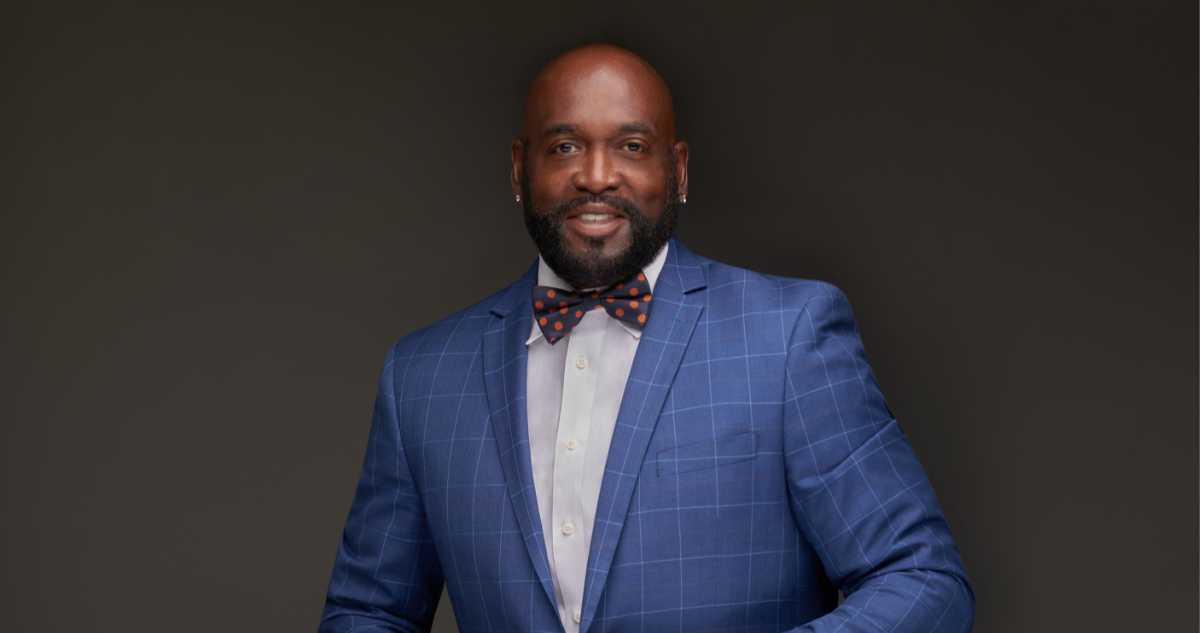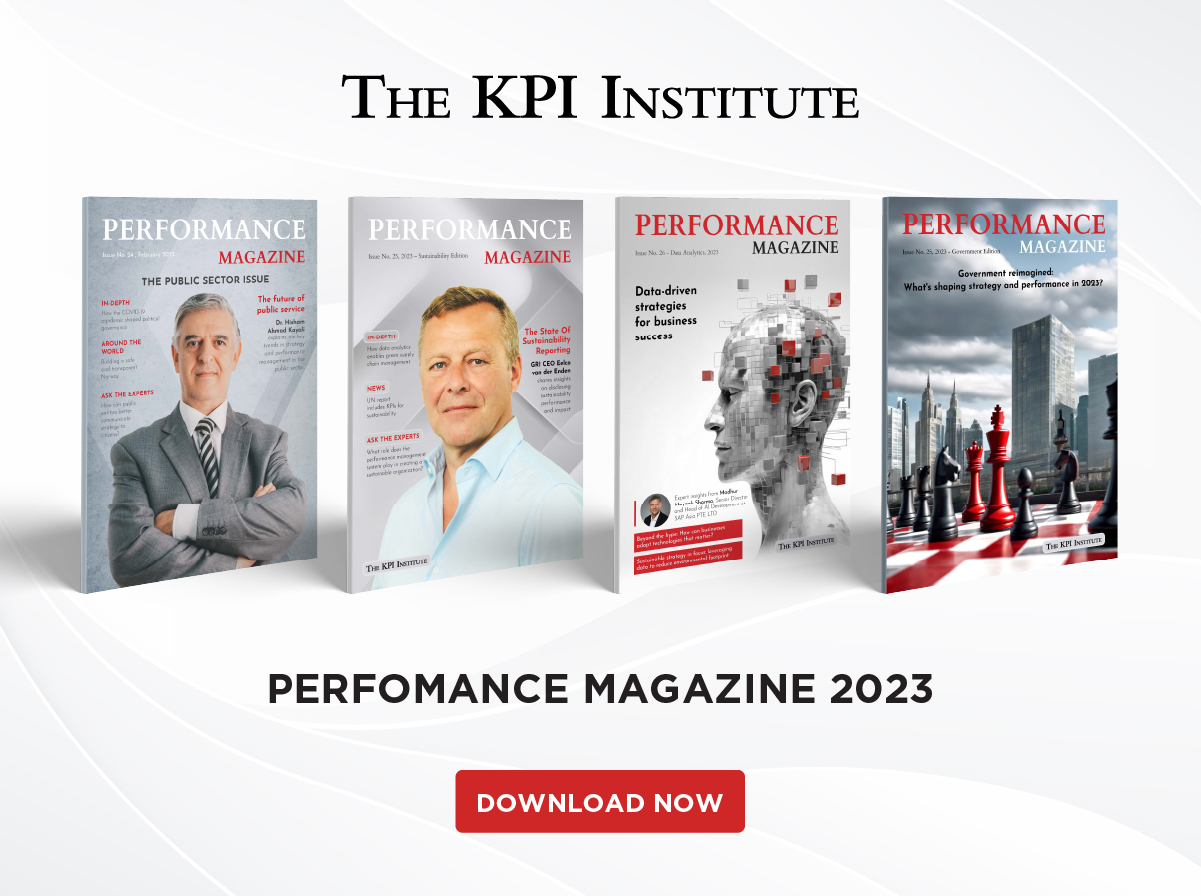
A year in print: TKI releases four special editions of Performance Magazine
January 15th, 2024 Posted by Kimberly Tilar Publications 0 thoughts on “A year in print: TKI releases four special editions of Performance Magazine”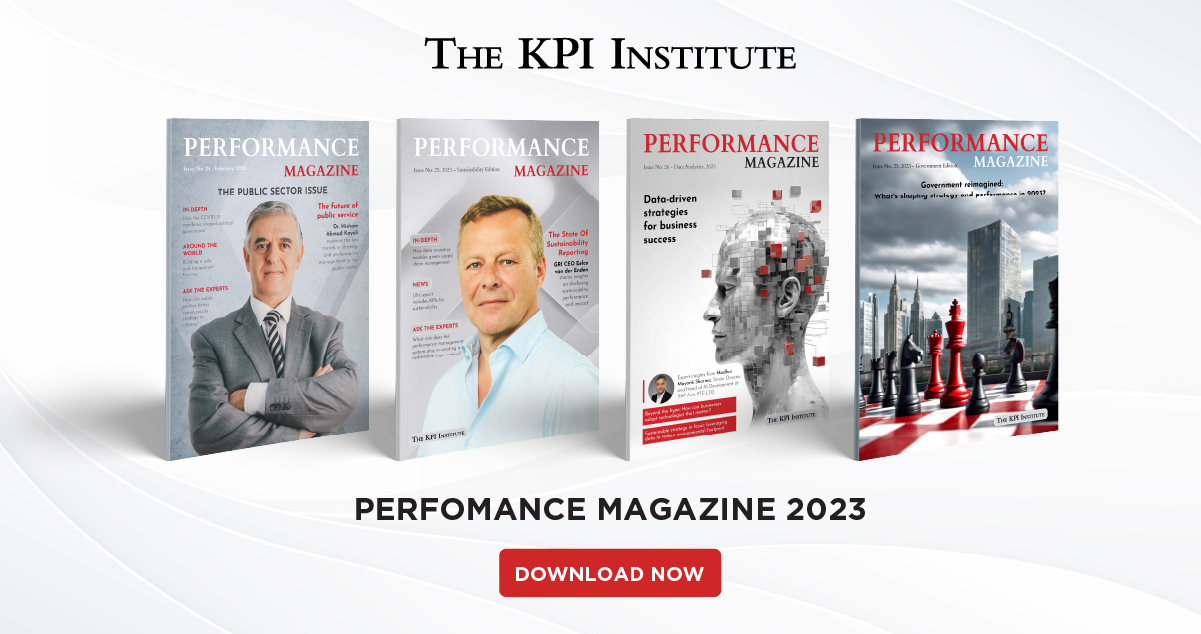
Performance Magazine, a trusted professional resource for industry updates, expert analysis, case studies, and trends in strategy and performance management, marked a successful year in 2023 with the release of four special editions. Performance Magazine – Print Edition is published quarterly by The KPI Institute (TKI), a leading global research institute dedicated to defining standards and advancing the field of strategy and performance management.
The four editions covered themes of the public sector, sustainability, data analytics, and government. Each edition showcases insights from guest experts in their respective fields. The magazines also present real-world examples, dissect frameworks, and offer practical recommendations for professionals seeking a comprehensive understanding of performance standards.
The Public Sector Edition highlights TKI’s Government Service Index Report 2022, which documents the performance of governments worldwide in key public service areas. The data were analyzed using five dimensions: adaptability, talent, digitalization, governance, and impact. The digital copy of this edition can be downloaded directly from TKI Marketplace while the print copy is available for purchase on Amazon.
The Sustainability Edition offers valuable information and analysis on how to effectively apply sustainable practices to business operations and strategy, as well as measuring and evaluating the impact of such efforts on the growth of the business and the wider society. Readers can grab a copy on TKI Marketplace or Amazon.
The Data Analytics Edition provides insights into applying data analytics to transform business operations, develop robust strategies, improve decision-making, and enhance performance management. This edition can be accessed through TKI Marketplace or Amazon.
The Government Edition explores the public sector’s multifaceted approach to strategy and performance management and reviews standards and concepts behind the tools and techniques governments use in planning strategies and measuring performance. Those interested can secure a copy via TKI Marketplace or Amazon.
For the first quarter of 2024, readers can look forward to editions covering employee performance and strategy management. Stay updated and be the first to access them by following TKI’s LinkedIn page.


